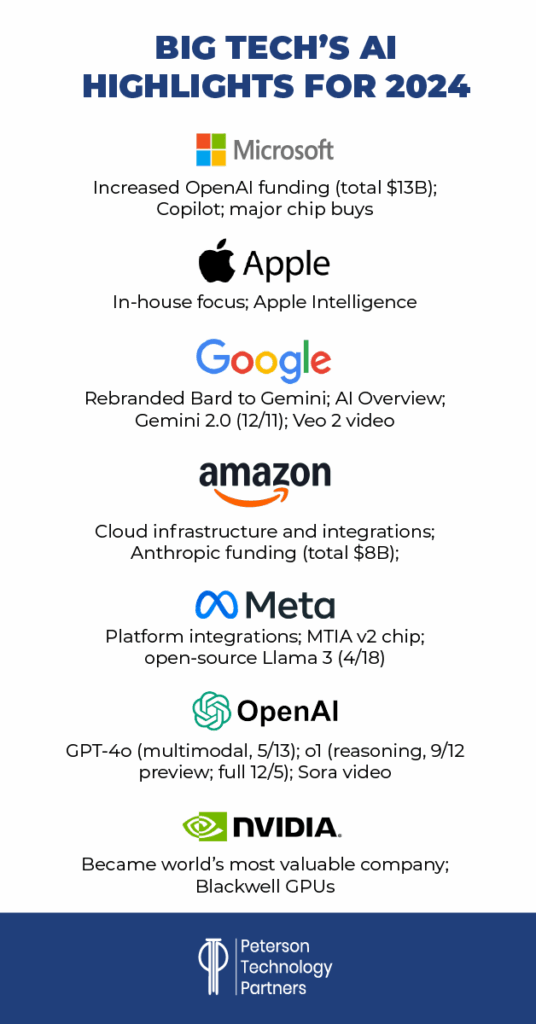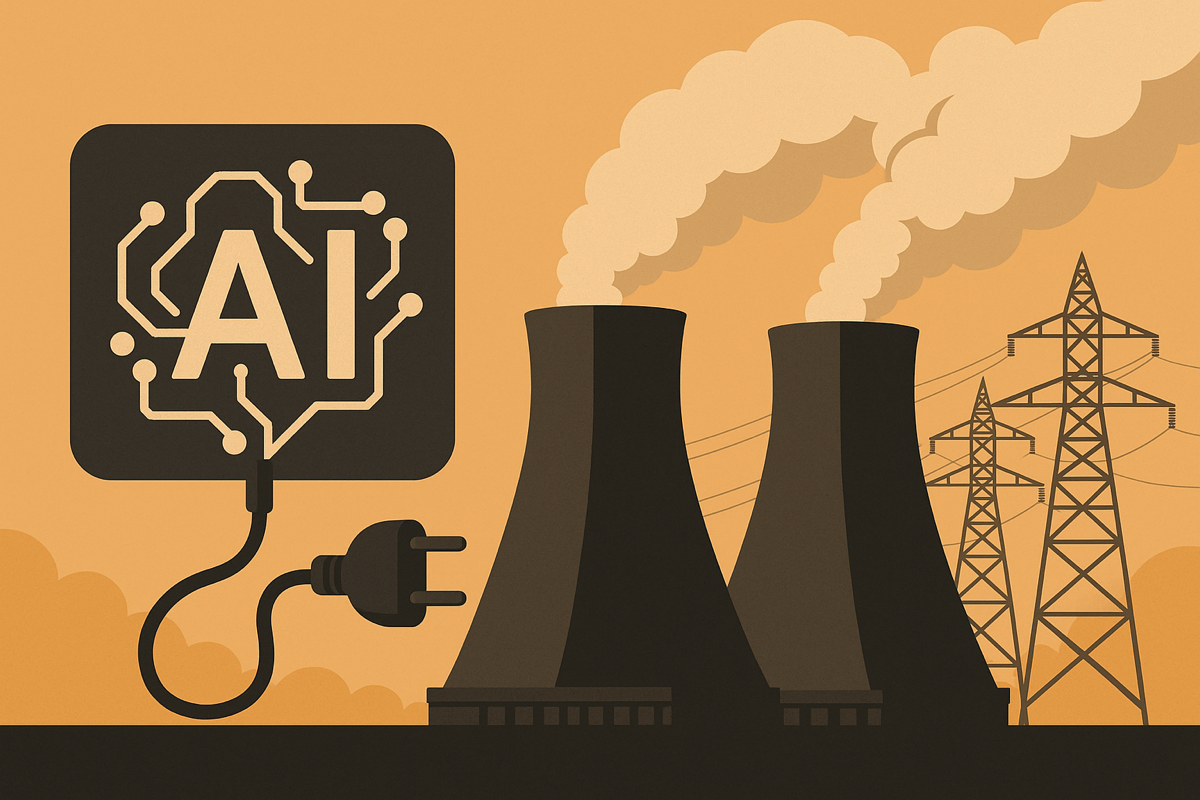Artificial intelligence (AI) growth is reshaping industries — but it’s also driving a sharp rise in power consumption and carbon emissions among the largest tech companies. A recent report from the International Telecommunication Union (ITU) reveals that Amazon, Microsoft, Alphabet (Google’s parent company), and Meta have seen their indirect emissions increase by more than 150% over the past three years. This increase demonstrates the expansion of data infrastructure and the skyrocketing energy demands of AI workloads.
What’s Happening & Why This Matters
The ITU, a United Nations agency specializing in digital technologies, tracked energy use and emissions across 200 leading digital companies between 2020 and 2023. The report focused on indirect emissions — those linked to purchased electricity, heat, and other energy used in data centers, office buildings, and networks.

Among the most prominent players, Amazon experienced the largest increase in emissions, rising by over 182% since 2020. Microsoft’s emissions increased by 155%, followed by Meta’s 145%, and Alphabet’s 138%. This growth far outpaces overall global energy consumption, which grows at a much slower pace.
Data centers are the main contributors to this surge. They power the intensive AI models these companies develop, and their energy consumption grew by 12% year-over-year from 2017 to 2023. This rate is about four times faster than the growth of global energy use.
The ITU emphasized the “urgent need” to address the environmental impact of AI. The report notes that while about half of the companies studied have pledged to reach net-zero emissions by 2050 or earlier, these commitments have not yet translated into meaningful emission reductions on the ground.
Euronews Next reached out to Amazon, Microsoft, Alphabet, and Meta for comment on the report but did not receive immediate responses.
Related Stories
- Meta Joins Tech Titans Embracing Nuclear Power
- Amazon Data Centers to Use Nuclear Energy for Sustainability, Consumption
- Google News: Android 15 Released and Data Center Nuclear Power
- Energy: Three Mile Island Nuclear Plant to Serve AI Data Centers
- Dismantled US Nuclear Warheads Are Powering Next-Gen Nuclear Reactors
- Retired Power Plants Find New Purpose as Data Centers
- Germany Focused on Safe, Clean Energy Future
The findings pose critical questions about the sustainability of AI’s rapid adoption. AI models are growing larger and more complex. Their energy requirements increase substantially, creating tension between innovation and environmental responsibility.
TF Summary: What’s Next
The sharp increase in indirect carbon emissions from major tech companies reflects the escalating energy demands of AI development. Despite ambitious net-zero targets, real-world emission reductions lag behind, a sign for more decisive action.
Industry leaders are exploring more energy-efficient AI architectures and investing in renewable energy to manage growth while meeting their climate goals. Policymakers and consumers should advocate for transparency and sustainability in AI infrastructure.
The next few years will reveal how the industry manages its environmental risks while advancing AI capabilities.
— Text-to-Speech (TTS) provided by gspeech


